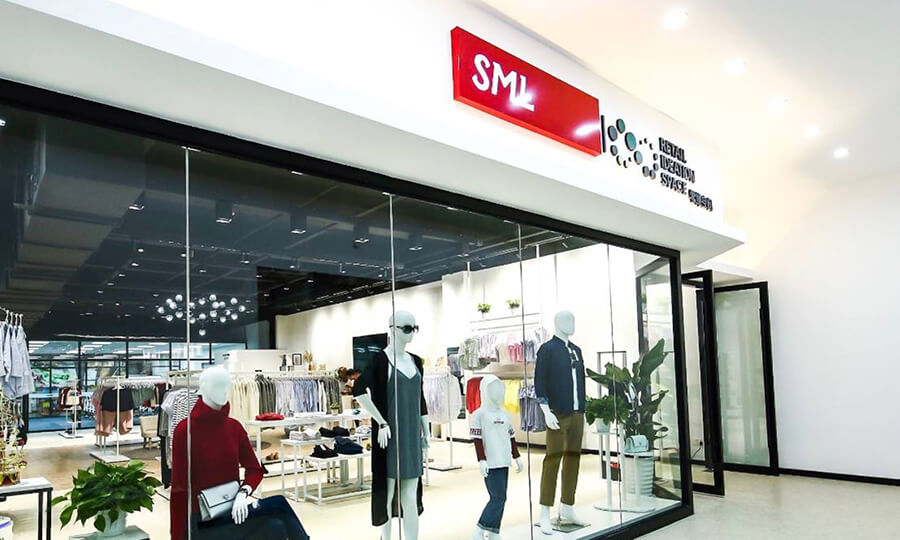Omnichannel Strategy–How RFID Can Create Seamless Customer Experience
“Omnichannel” has been a word that has been present throughout the retail sector for a number of years. On one hand, it’s been heralded as retail’s answer to closing stores in a bid to bring new life to the high street. On the other hand, it’s presented even more challenges for retailers who struggle to implement a solid omnichannel strategy.
No matter which of the above your business relates to more, the fact is that in today’s retail ecosystem having an online store is no longer seen as optional and is now a necessity to meet customer demands. Consumer demand has significantly changed over the past decade with shoppers now wanting the ability to shop seamlessly anywhere, anytime, and on any device. Next day delivery has also become an expectation of online customers, as well as being able to order online with the option to pick up your items the very same day.
Technology has changed the way we shop
The change in customer demands we’ve seen over recent years is down to the evolution of technology, which has set a new benchmark for the way we shop. As customers are asking for more, retailers need to adapt to this change and invest in the correct technologies that keep up with this demand. Retailers can often overlook their omnichannel strategy and through placing a greater focus on this, they can ensure to stay ahead of their competition.
A common misconception of many retailers is that implementing an omnichannel is too complex and expensive, and therefore only viable for the retail giants. However, the truth is that the key to an effective omnichannel is down to one single aspect – accurate inventory management.
Using Item-level RFID to enhance inventory management
In order for retailers to deliver on the promise of an omnichannel, they need to have the confidence that the products customers want are available when they want them – in particular, when implementing a BOPIS (Buy Online Pickup in Store) strategy. One of the biggest frustrations for shoppers is when they go instore to pick up an online order only to find it was never in stock in the first place.
In recent years, we have seen more retailers roll out item-level RFID solutions as a way to improve their inventory accuracy. Before rolling out the technology, many retailers, often those who believe to have an accurate view of their inventory, find that their accuracy is as low as 65%. This is typically the result of retail staff having to manually take stock of their inventory which isn’t just a time-consuming task, but also leaves exponential room for human error. For these retailers, the idea of an omnichannel strategy will remain just that, as their inventory accuracy is simply too low to deliver the seamless, multichannel experience customers demand.
However, following the rollout of item-level RFID, that enables retailers to carry out weekly stock counts and reduce the risk of human error, most retailers experience a significant boost in their inventory accuracy with many reaching as high as 98%. These retailers are at a much stronger advantage when implementing their omnichannel offering as they are able to guarantee the items ordered online will be in store when the customers want them
There are a number of challenges retailers face when implementing the omnichannel, particularly around the developing expectations of customers, effective inventory management and how retailers can overcome these challenges through processes such as utilizing the right technologies that enhance the omnichannel experience by providing the ability to ensure stock is available and replenish products faster. In doing so, retailers can provide a seamless omnichannel experience to deliver the customer experience that consumers are now expecting.
To find out more on how RFID can improve your omnichannel strategy, contact info@sml-rfid.com.










